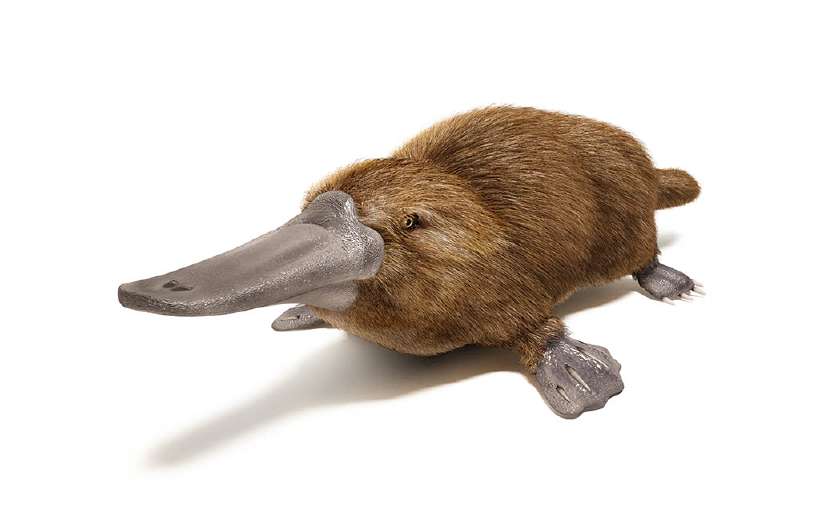Which Mammal lays Eggs?
Home / Science for Kids / 5Ws & H For Kids / Which Mammal lays Eggs?
Mammals are creatures who give birth to their young ones as opposed to other animals who lay eggs. Birds, reptiles and insects lay eggs. But as with every other rule, this one has exceptions* too.
An exceptional exception
The duck-billed platypus of Australia walks out of fresh waters to build its nest on the ground. But it has retained its love of water and returns to streams and ponds to eat crayfish, snails, and shrimp. The most remarkable feature in the platypus is that although it is a mammal, it lays eggs!

In fact, it seems the duck-billed platypus is like a fairy tale creature. Legend has it that when the platypus was first discovered, it was stuffed and sent to England for research. And, at first, the scientists thought it was a joke! They thought someone had glued the bill and feet of a duck onto the body of a beaver!
But actually, the platypus and its cousin, the anteater, along with other marsupials like kangaroos, make up the most primitive group of living mammals on earth.
The platypus is semi-aquatic as it can stay both in the water and out of it. Its most distinctive feature is its bill, shaped like that of a duck’s. No wonder it is called ‘duck-billed’. The platypus’s head, trunk, and tail are covered with brown fur, which is thick and water proof.
Its fur allows it to swim in waters as cold as zero degrees Celsius. It digs a burrow in the ground, where it builds its nest. Its strong shoulder muscles help it dig these burrows.
So, that is the platypus’s tale. A bill like a duck’s, a body like a lizard’s and a lifestyle like most mammals. Isn’t that fascinating?
*Duck-billed platypus is not the only animal that lays eggs.
To be fair duck-billed platypus is not the only animal that lays eggs. There are only five living monotreme species: the duck-billed platypus and four species of echidna (also known as spiny anteaters). ‘Monotreme’ is the technical name for egg-laying mammals.
349 words |
3 minutes
Readability:
Grade 6 (11-12 year old children)
Based on Flesch–Kincaid readability scores
Filed under: 5ws and h
Tags: #australia, #fresh water, #mammals
You may also be interested in these:
What is Water Harvesting?
Penguin Sweaters
The Gifts
An Organism that is visible from Space
Watery Facts